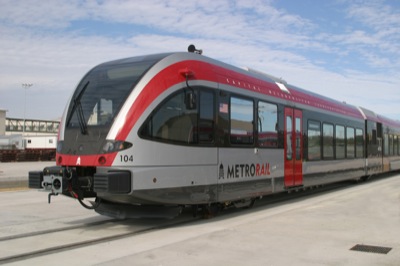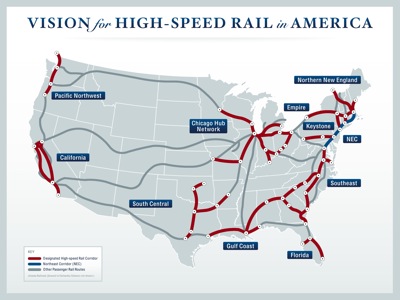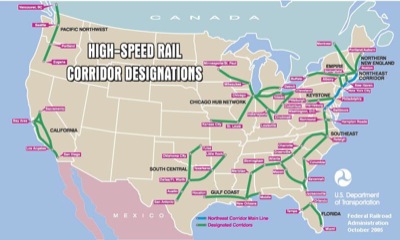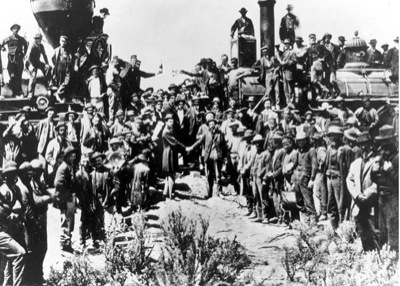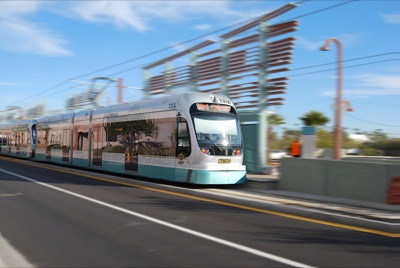The New York Times Sunday Magazine focused on infrastructure this week and included an article on California high-speed rail. The article included a chart comparing the fares or costs for driving, flying, or taking the high-speed train from Los Angeles to Sacramento.
According to the chart, the airfare is $100, driving is $50, and the train will be $55. That is exceedingly optimistic: the current Amtrak fare is $55, and most other high-speed rail lines cost more than the conventional trains.
But the chart leaves out a big cost: the subsidies. Subsidies to driving and flying are about a penny a mile, or about $4 for the trip from L.A. to Sacramento. But when the construction cost of the California high-speed rail system is amortized over 30 years and then divided by the projected annual passenger miles, you get a construction subsidy of 32 cents per passenger mile, or more than $120.

